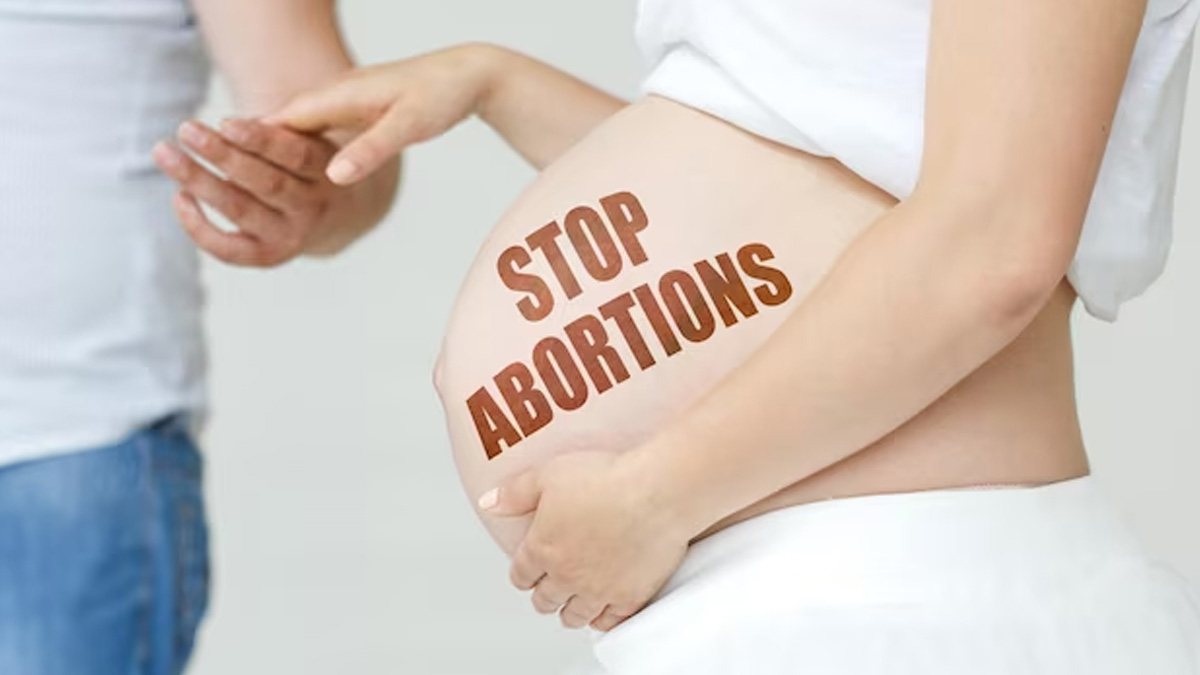
Every minute, 67 women risk their lives with unsafe abortions. This adds up to 96,000 women daily, a preventable cause of maternal deaths. What is an unsafe abortion? When women can't get safe abortion care for unintended pregnancies, they might turn to risky methods, risking their health and lives.
Table of Content:-
The World Health Organisation (WHO) defined unsafe abortion as, "An abortion is unsafe when it is carried out either by a person lacking the necessary skills or in an environment that fails to meet basic medical requirements, or both."
Safe or unsafe, abortion is a widespread occurrence all around the world. One out of six unplanned pregnancies results in abortion. Unsafe abortions make up 45% of all global abortion cases.
Why do people have unsafe abortions?
“No one should risk their life for their choices. Sadly, abortion is stigmatized and restricted in many places,” shares Dr. Vidhyashri Kamath, Consultant OBG, KMC Hospital, Mangalore.
Several factors contribute to women opting for unsafe abortion including
- Women denied services due to MTP Act requirements, resorting to unsafe methods.
- Reluctance to seek help from local clinics, fearing lack of confidentiality.
- Lack of awareness on the importance of early abortion.
- Discrimination and social stigma surrounding abortion hinder access to care.
- Some countries have restrictive local laws on abortion.
- Shortage of competent health professionals in rural areas limits access.
- Poor perceived quality of care in government facilities adds to barriers.
- High abortion costs in cities may be unaffordable for the poor.
Also Read: Post-abortion Care: Expert Lists Tips To Follow For Faster Recovery
"No matter how safe or legal the operation is, a girl or woman who is determined to end her pregnancy will do it. Evidence shows restrictions don't stop abortions; they just make them more perilous. It's time to prioritize safe, accessible options, recognizing every woman's right to healthcare decisions without judgment or danger," shares Dr Kamath.

How moral guilt and condemnation affect risky abortions
Dr Kamath answers, "Unwanted pregnancies come with shame and stigma, leaving women to grapple with tough questions alone. They wonder where to seek help, what options exist, the cost, and if it'll be painful. Fears of infertility and family judgment loom. Some faced contraceptive failures, others endured sexual violence, coercion, financial struggles, or family challenges. For some, it's surviving a humanitarian crisis or being forced from home. Recognizing these struggles without judgment is crucial, ensuring women have support, information, and access to safe healthcare choices."
Legal limitations to abortion in India. India's MTP laws are liberal, prochoice and far ahead than other countries
According to the Mtp act 2021 after amendment
- Single doctor's approval extends termination limit from 12 to 20 weeks for all, including unmarried women.
- Two doctors' consent allows termination up to 24 weeks for specific cases:
- Sexual assault survivors
- Minors
- Marital status change during pregnancy
- Women with physical disabilities or mental illness
- Fetal anomalies risking life incompatibility or severe handicap
- Pregnancies in humanitarian or emergency situations.
Also Read: Diet After Abortion: Here Is What Women Should Eat After An Abortion
Unsafe abortions- A medical crisis
Women sometimes turn to unskilled providers or try unsafe methods like sharp objects, toxic substances, or trauma for abortions. These methods are often ineffective and may cause lasting harm.

What are the consequences of unsafe abortion?
"Unsafe abortion is a major cause of maternal deaths globally, though it's easily preventable. Women using unsafe methods face life-threatening risks like severe bleeding, infection, poisoning, or organ damage, requiring urgent hospital care. Some resort to safer methods, but face complications due to poor-quality drugs or incorrect dosing. Beyond physical danger, barriers to safe abortion harm women's mental well-being. There are also economic consequences as abortion costs burden women financially. Determining one's future shouldn't entail such physical, mental, and financial costs—it doesn't have to be this way with improved access to safe healthcare," quotes Dr Kamath.
Safe abortion care:
The World Health Organization says access to sex education, contraception, and safe abortion can prevent almost every unsafe abortion and related maternal deaths.
Access to safe abortion care:
Safe abortion care includes timely, reliable, confidential, and skilled services provided by well-trained professionals.
Safe abortion care is done:
- Using a WHO-recommended method.
- Utilizing a technique suitable for the stage of pregnancy.
- By a skilled and trained individual.
Common safe abortion methods include:
- Medication abortion: terminate pregnancy with pills.
- Vacuum aspiration: surgical abortion, gentle suction removes tissues.
- Dilation and Evacuation (D&E): surgical abortion, cervix dilation, and tissue removal.
Using contraception and ensuring access to safe abortion are crucial to reducing unintended pregnancies, unsafe abortions, and maternal deaths. Access to modern contraception helps prevent unintended pregnancies and the subsequent need for unsafe abortions or unplanned births. It's a human right to have access to safe abortion services, essential for protecting the rights of women and girls and promoting social and gender justice.
Every woman deserves healthcare that addresses her medical needs, including access to safe abortion care.
Also watch this video
How we keep this article up to date:
We work with experts and keep a close eye on the latest in health and wellness. Whenever there is a new research or helpful information, we update our articles with accurate and useful advice.
Current Version
